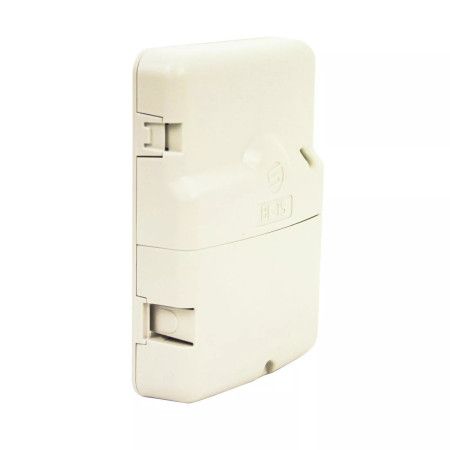BL-IS-2 - Indoor 2-station control unit

Telephone support for information before purchasing.

After-sales assistance for product installation.
Description
The BL-IS-2 controller is an AC powered Bluetooth irrigation controller.
It is the perfect solution for indoor installations such as utility rooms, garages, or anywhere indoors.
Remotely controlled by smartphone and/or tablet with the MySOLEM application or via the web platform.
Data sheet
- Number of programs
- 3
- Output voltage (Volt)
- 24 VAC
- Height (cm)
- 16.5
- Width (cm)
- 14.6
- Depth (cm)
- 5








